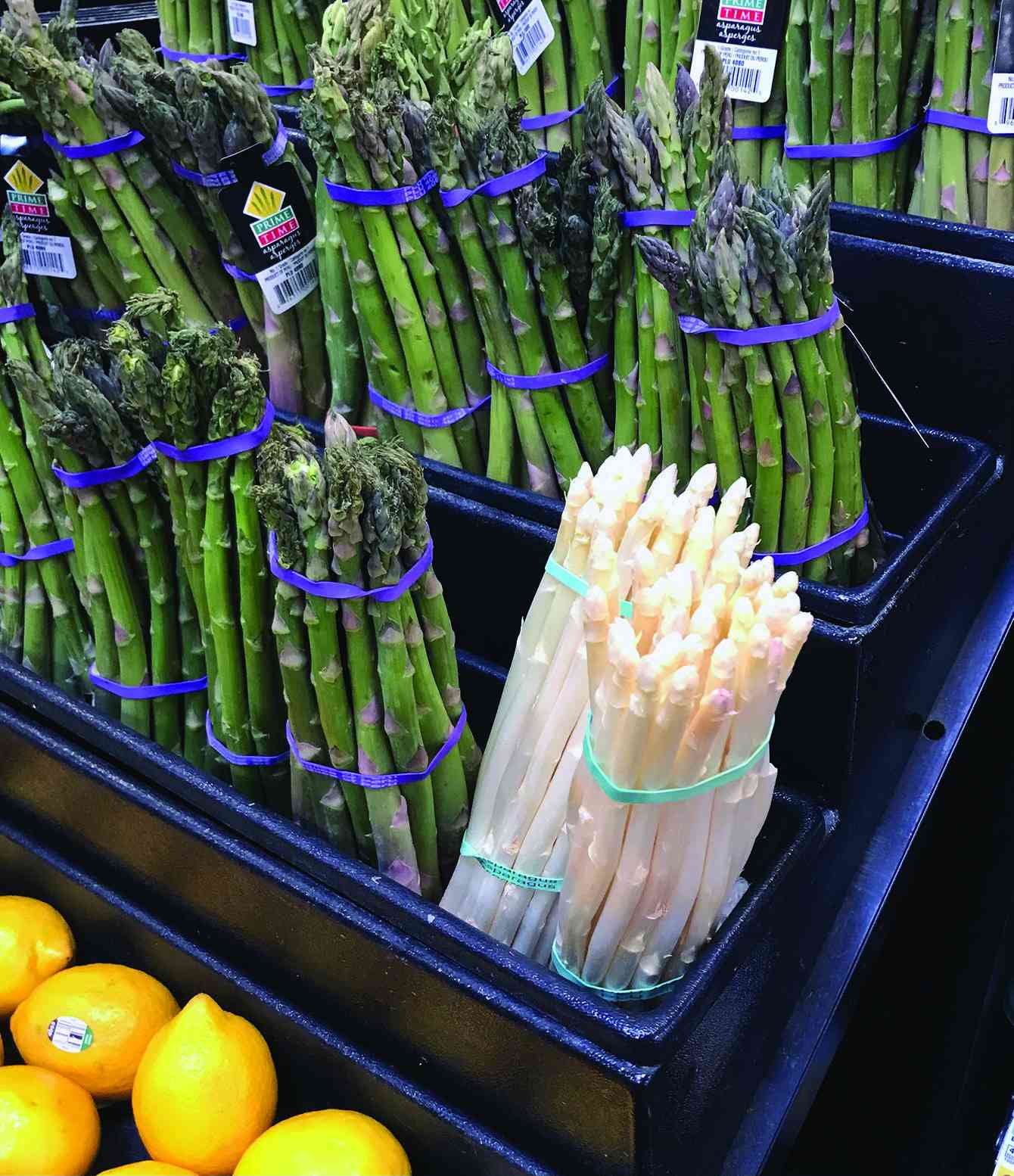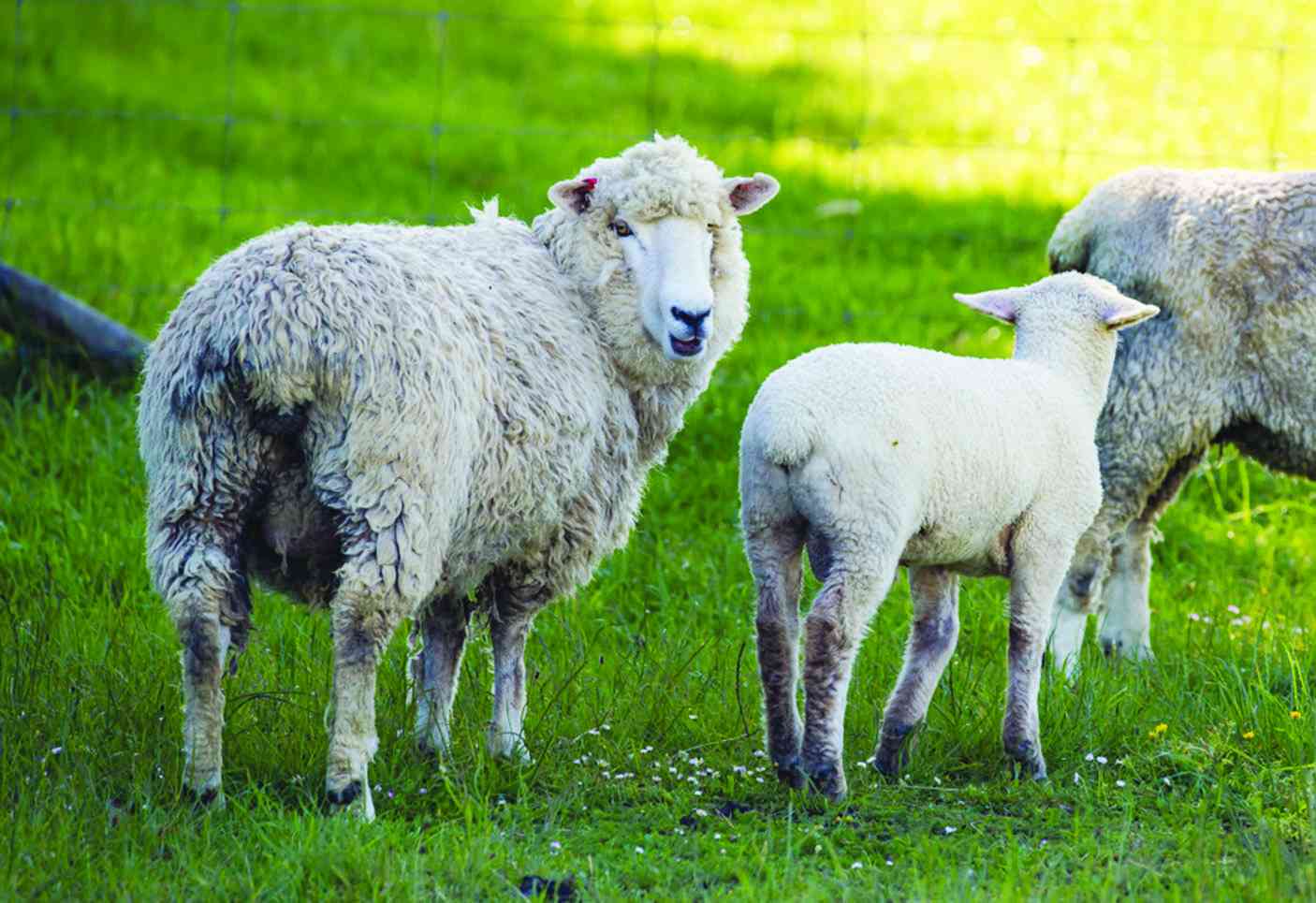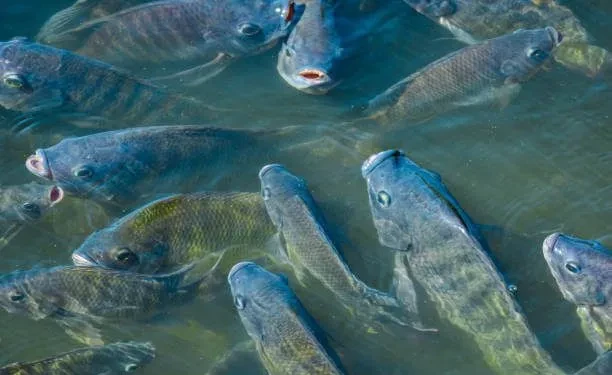
Last week we delved into how to plant asparagus. Just to recap, asparagus is a crop that is grown over a three-year period. It is harvested annually for more than 10 years and the returns are worth the wait.
Before we get into how to harvest asparagus, it is important to discuss how much money one can make with the crop.
The crop requires at least 30 000 plants per a hectare. While these are difficult to harvest at the same time, the field can be partitioned into compartments that can be harvested throughout the year. A harvest of 10 tonnes is expected if all agricultural good practices are met.
The selling price is US$10/kg in Zimbabwe and is almost double in the export market, meaning that annually a one hectare can give you up to US$100 000.
As mentioned before, do not harvest the spears in the first or second year (the plant needs time to grow out its root system), but cut down dead foliage in late fall and side-dress with compost.
During the second year, side-dress with compost in winter and early rainfall and cut down dead ferns as the rains go.
Always keep the bed thickly mulched.
White asparagus is not a variety, but simply asparagus grown in the absence of sunlight to prevent chlorophyll from developing. It is slightly sweeter but has less fibre than green asparagus.
- Mavhunga puts DeMbare into Chibuku quarterfinals
- Bulls to charge into Zimbabwe gold stocks
- Ndiraya concerned as goals dry up
- Letters: How solar power is transforming African farms
Keep Reading
Purple asparagus is bred to be purple in colour, but turns green when it is cooked. Purple varieties tend to have thicker spears, but fewer of them. “Purple Passion” is tasty, but is not an all-male variety.
If you have young plants, the season may last two to three weeks. However, established plants produce longer — up to eight weeks.
Check your plant every other day for harvest-ready spears. Spears grow quickly and may become too woody before you know it! Once an asparagus spear starts to open and has foliage, it’s too tough for eating.
Harvest spears when they reach eight to 10cm in height and between 1/2 and 3/4cm thick. (Bear in mind that younger, thinner spears will be more tender, so harvest according to your own taste.)
To harvest asparagus, simply cut the spears with a sharp knife or scissors at ground level.
Stop harvesting spears when the diameter of the spears decreases to the size of a pencil.
After harvest, fertilise your asparagus patch in the early summer. You can top-dress with a balanced organic fertiliser or scatter another inch of rich, weed-free compost over the decomposing mulch.
Do not cut down the remaining ferns in summer or you will ruin your asparagus bed. Allow the ferns to grow and mature; this replenishes the nutrients for next year’s spear production. Always leave at least two or three spears on the plant through the growing season.
Only cut back asparagus ferns after the foliage has died back and turned brown or yellow. This is usually in early winter after several hard freezes. Cut the ferns back to the ground.
Fertilise the bed with a one-inch layer of rich, weed-free compost or manure topped with three inches of straw, rotted sawdust or another weed-free mulch. Clean spears will push up through the mulch in spring.
One of the biggest concerns in the asparagus bed is simply weeds. Hand pulling should be done regularly in spring and early summer. Cultivate lightly to avoid damaging emerging asparagus spears.
Applying four to four to six inches of straw in summer also effectively controls weeds.
How to store asparagus
Put the recently cut spears into cold water immediately to preserve their sugar content.
Be sure to eat it within two or three days from harvest.
To store, bundle the spears together, wrap the stem ends of the spears in a moist paper towel, and place the bundle in a plastic bag. Store in the crisper drawer of your refrigerator.
If you have enough space in your fridge, you can also store asparagus by placing the spears in a cup of water. Keep about an inch of clean water in the cup.
- Gwabanayi is a practising journalist and a farmer in his own right. — 0772 865 703 or [email protected]










